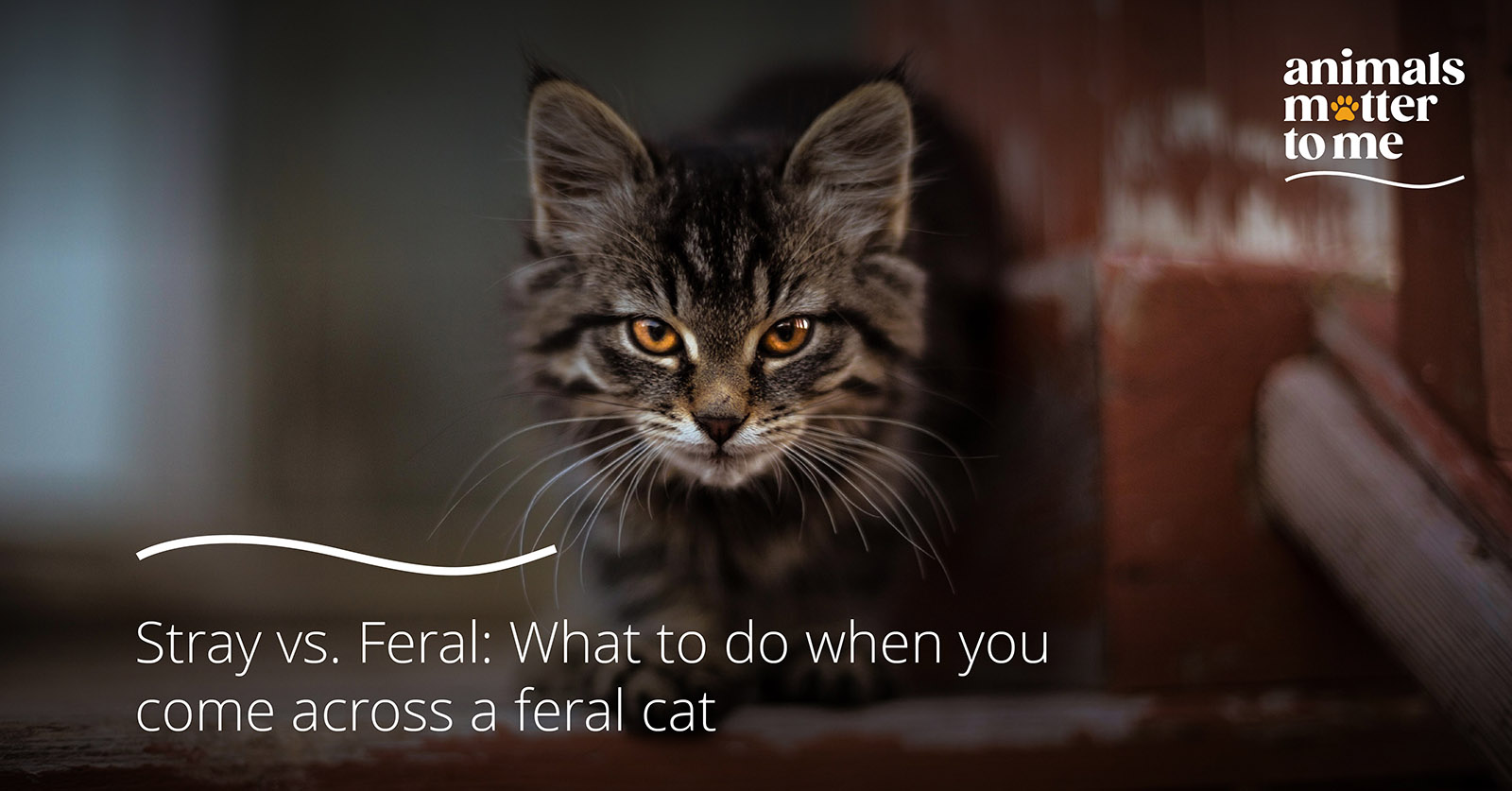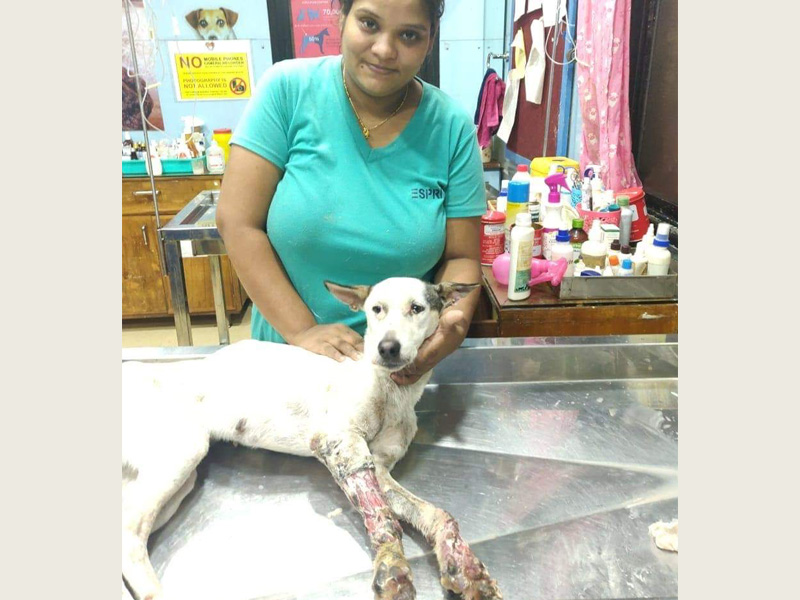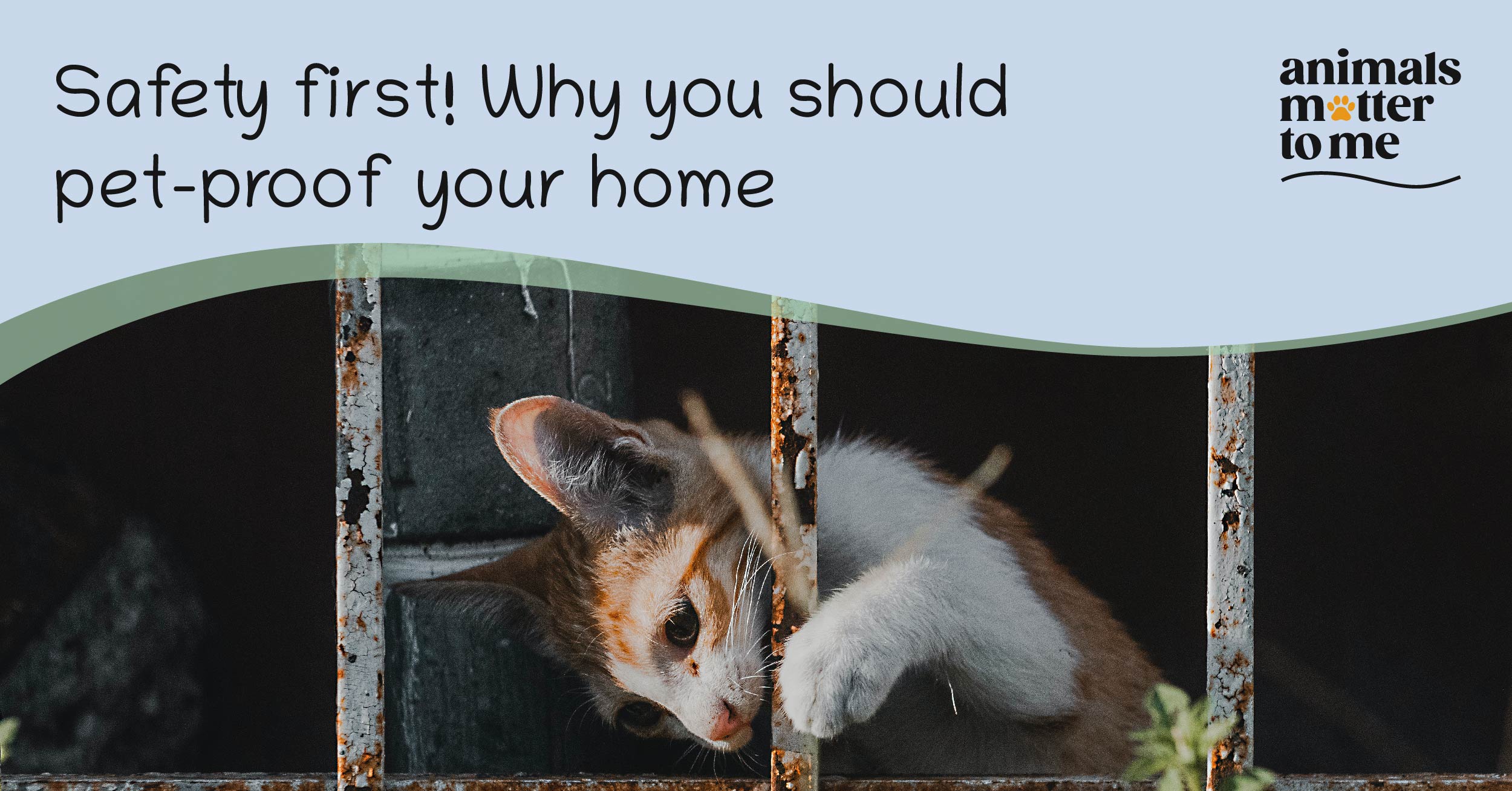Stray cats are domestic cats that have been lost or abandoned, distinguished from feral cats. Having missed out on vital socialisation, feral cats behave more like wild animals compared to gentle house cats. Here’s a ready reckoner to help you distinguish between the different types of wandering cats that surround us in our urban lives.
Friendly stray: Keep an eye out for collars on these amiable kitties. They may belong to a nearby neighbour or find themselves lost or abandoned, yearning for care and attention.
Community cat: Unlike cats with traditional owners, community cats are cared for by the community at large. While they may display a certain degree of friendliness, their level of socialisation can vary.
Friendly feral: Through minimal socialisation facilitated by regular feeding, friendly feral cats may exhibit some trust toward the human who provides sustenance. However, they have not reached a level of socialisation where physical touch, such as petting, is welcomed.
Feral: Truly feral cats lack any form of socialisation. They remain perpetually vigilant, deeply suspicious of human presence. At the first sight or sound of people, they swiftly flee.
Helping feral cats in your area
It is an undeniable fact that feral and stray cats endure harsh lives while navigating the perils of the outdoors. Sadly, many feral cats do not live past the age of two, a stark contrast to the extended lifespans enjoyed by indoor house cats, which can exceed 20 years. As compassionate individuals, we can take the following steps to alleviate their plight:
- Spay and neuter: The first and most crucial step in assisting both indoor cats and free-roaming community cats is to promote and prioritise spaying and neutering. This essential measure helps control the population and prevent further suffering.
- Education and advocacy: Educate others about the significance of spaying, neutering, and vaccinating cats. By spreading awareness, we can foster a community that actively participates in responsible pet care. Advocate for local sponsorship of low-cost spay and neuter clinics to ensure accessibility for all.
- Basic necessities: Provide fresh, clean water to feral cats in your area. A small act like this can make a significant difference in their well-being. When feeding, offer modest portions in the mornings.
- Shelter initiatives: Consider building a cat house or investing in an all-weather cat shelter. These shelters offer a safe haven for both stray and feral cats, protecting them from harsh weather conditions.
- Seek guidance from local shelters: If you encounter a free-roaming cat or kitten and are uncertain about how best to help, reach out to your local shelter. They can provide valuable advice and support, guiding you through the process of assisting these felines effectively.





One Response
Thank you for sharing this valuable information. I really enjoyed reading your post and gained some new insights on [topic]. Looking forward to more informative content from you.